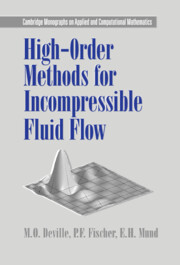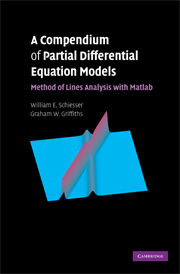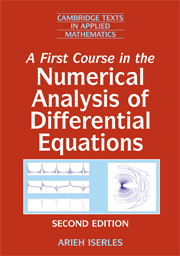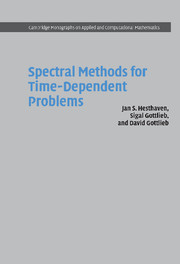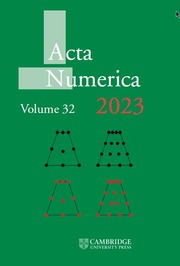A Practical Guide to Pseudospectral Methods
Partial differential equations arise in almost all areas of science, engineering, modeling, and forecasting. During the last two decades pseudospectral methods have emerged as successful alternatives to better known computational procedures, (e.g. finite difference and finite element methods of numerical solution), in several key application areas. These areas include computational fluid dynamics, wave motion, and weather forecasting. This book explains how, when and why this pseudospectral approach works. In order to make the subject accessible to students as well as researchers and engineers, the subject is presented using illustrations, examples, heuristic explanations, and algorithms rather than rigorous theoretical arguments. This book will be of interest to graduate students, scientists and engineers interested in applying pseudospectral methods to real problems.
- Focuses on illustrations, examples, and heuristic explanations rather than on rigorous theoretical arguments
- Makes highly technical subject accessible to non-experts
- Establishes and exploits a connection to finite difference methods
Reviews & endorsements
'… a useful book for the engineer'. H. A. van der Vorst, ITW Nieuws
'Practical indeed … with eight very useful appendices including some Fortran code … The diagrams are excellent and revealing.' Mathematika
' … a most valuable contribution, not only stressing theoretical issues but illuminating practical performance as well.' Monatshefte für Mathematik
'The book is born out of the author's vast experience in the field and we should be indebted to him for making his knowledge available to us in this user-friendly book … I thoroughly enjoyed reading this book and the opportunity to look at pseudospectral methods from a different perspective. I would recommend this book to those interested in pseudospectral methods and those whose research involves solving differential equations using high-order discretization methods.' Proceedings of the Edinburgh Mathematical Society
Product details
February 1999Paperback
9780521645645
244 pages
228 × 151 × 13 mm
0.33kg
Available
Table of Contents
- 1. Introduction
- 2. Introduction to spectral methods via orthogonal functions
- 3. Introduction to PS methods via finite differences
- 4. Key properties of PS approximations
- 5. PS variations/enhancements
- 6. PS methods in polar and spherical geometries
- 7. Comparisons of computational cost - FD vs. PS methods
- 8. Some application areas for spectral methods
- Appendices.


